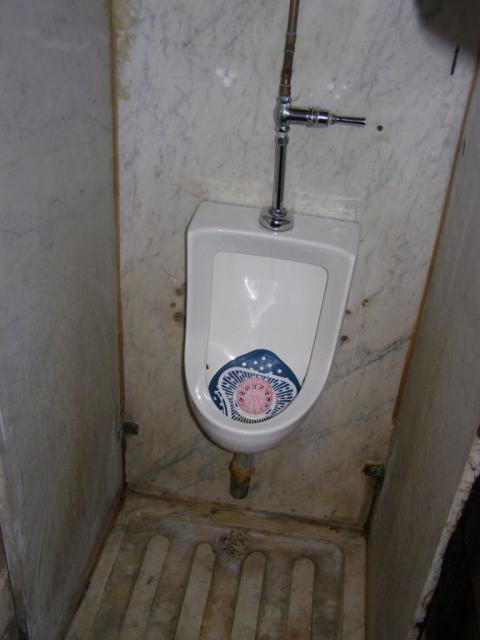
This oicture was sent in by JH. He writes: "The Braddock Carnegie Library ~10mi E of Pittsburgh, was dedicated March 31, 1889 and is the very first of the 1,679 public libraries that Andrew Carnegie built in the US (second of ~2,500 worldwide). [footnote: Now generally viewed as a rustbelt town, Braddock PA is the location of Carnegie's first steel mill, the Edgar Thomson Works (still in operation) and also the site of the Battle of Braddock's Field, July 9, 1755, generally acknowledged as the most significant engagement of the French & Indian War, which Geo Washington survived against all odds. It was from this battle that his legendary status began.] By the time Carnegie's library-building program ended with his death in 1919, he had nearly doubled the number of public libraries in the US. The presence of a Carnegie Library was a source of pride in the many small towns that had them, and had an incalculable yet unquestionable impact on the intellectual development of the US. Thus this building is of great historical significance. Closed and abandoned in the early 1970's and nearly demolished in the late 1970s, it was rescued by a grassroots group which brought it back to again serve its community as a public library. Some of the additional amenities have also been restored (the small gymnasium) adaptively rehabbed (the bath house is now a pottery studio) or are under restoration (900-seat Music Hall). While much of the overall interior remains, only one of the original porcelain facilities remains in anything close to its original configuration - on the second floor. There, it appears that when the original marble urinal stall was de-commissioned, a newer fixture was simply bolted into the stall. From the number of holes visible in the marble, it appears that the present fixture is far from the first such installation. With the ever-increasing presence of auto-flush units, perhaps the manual flush and urinal cake in this unit will soon be regarded as quaint historical touches."